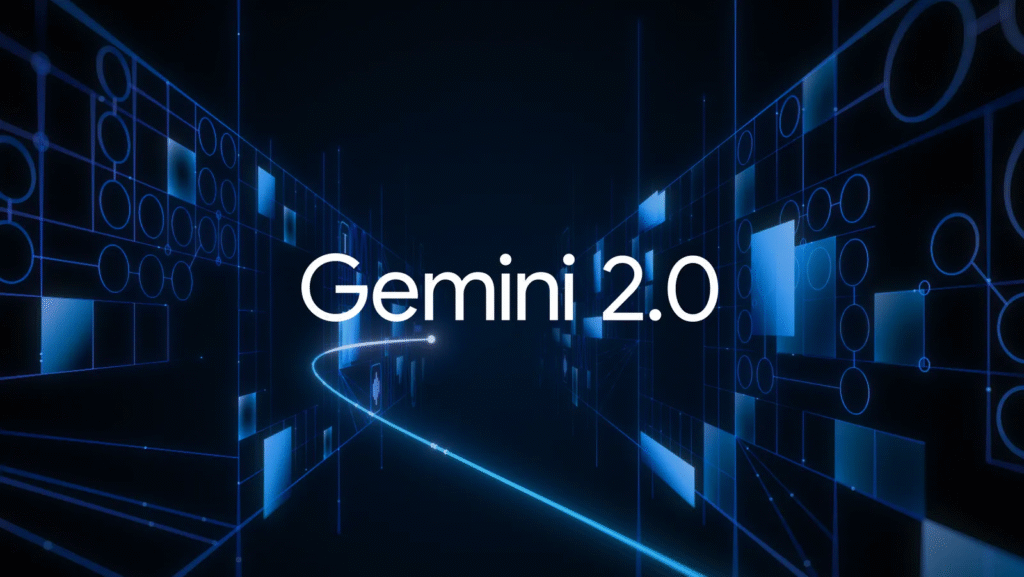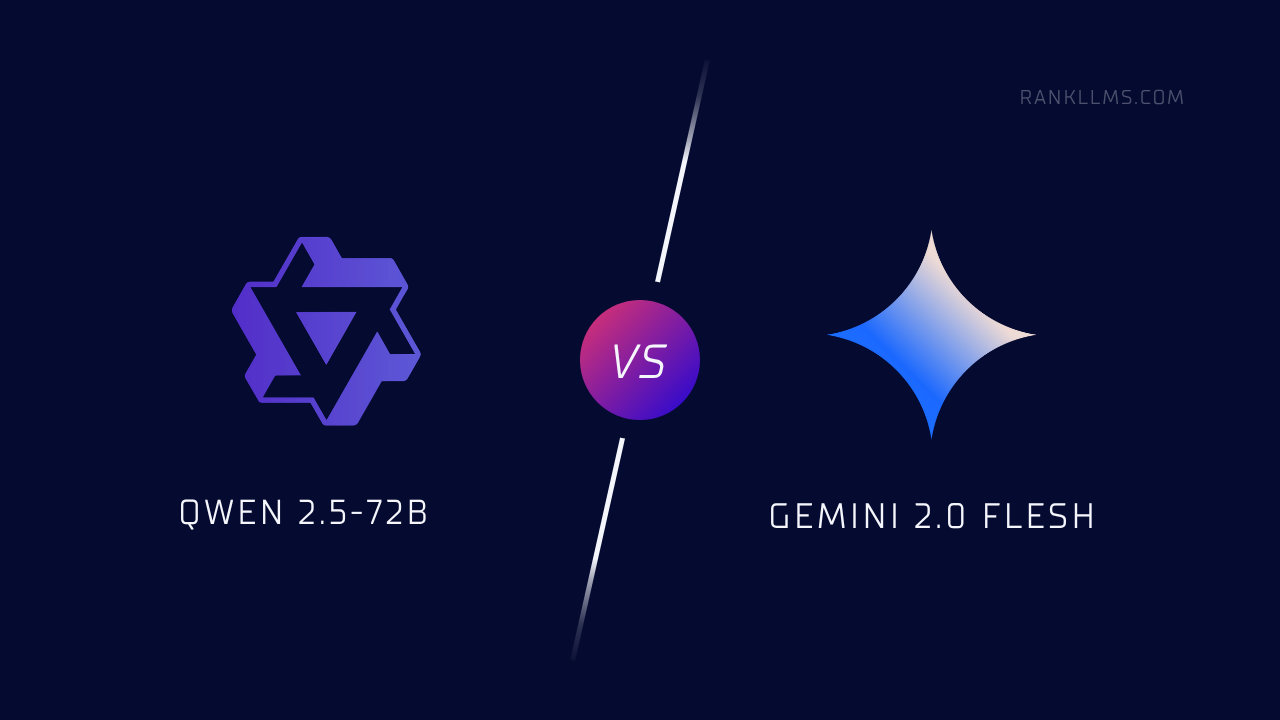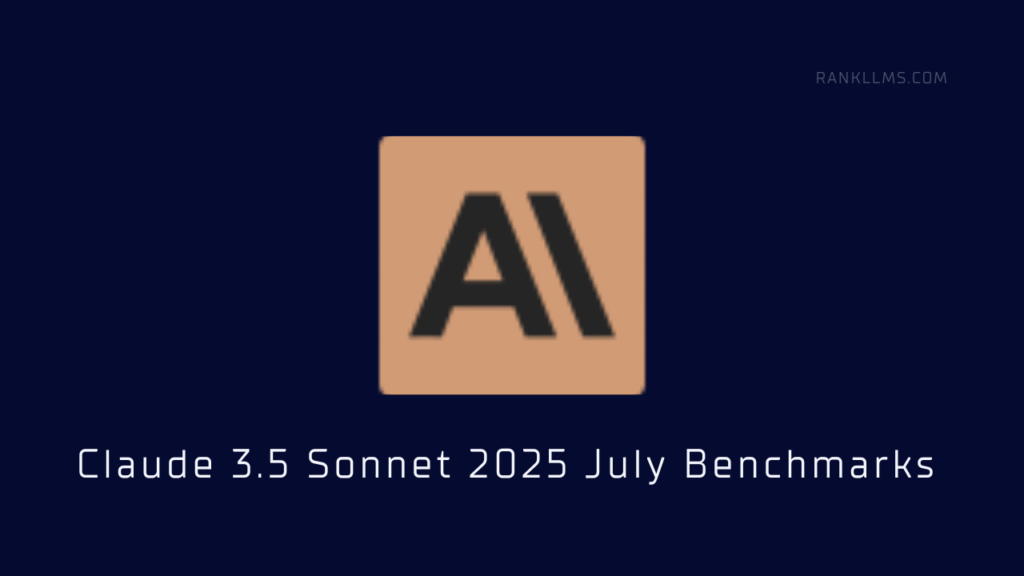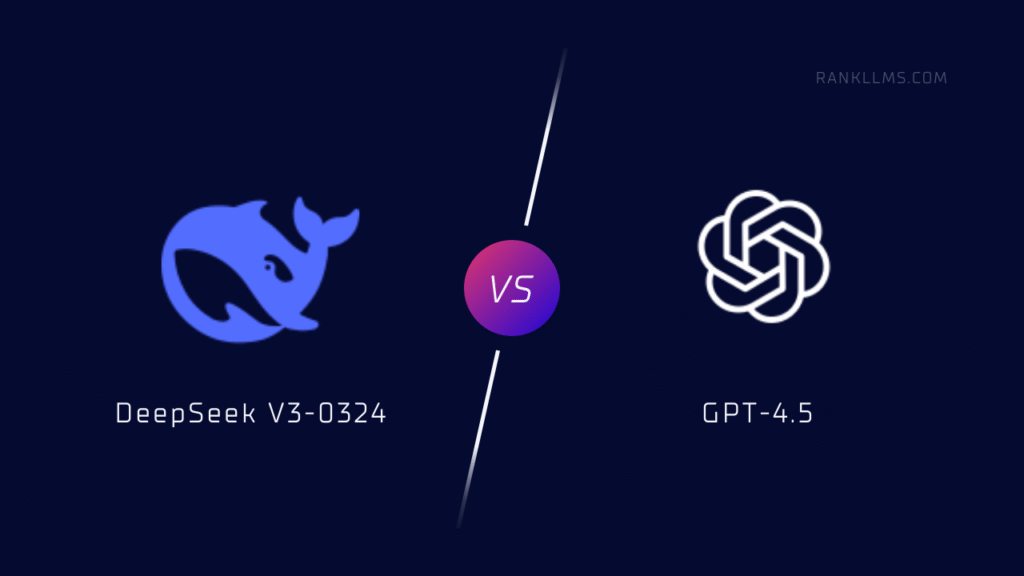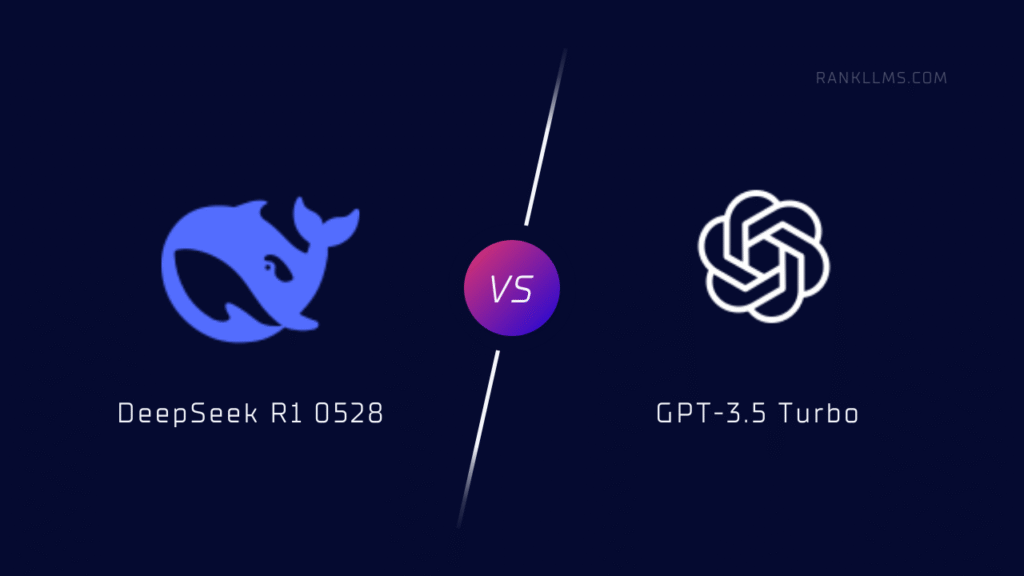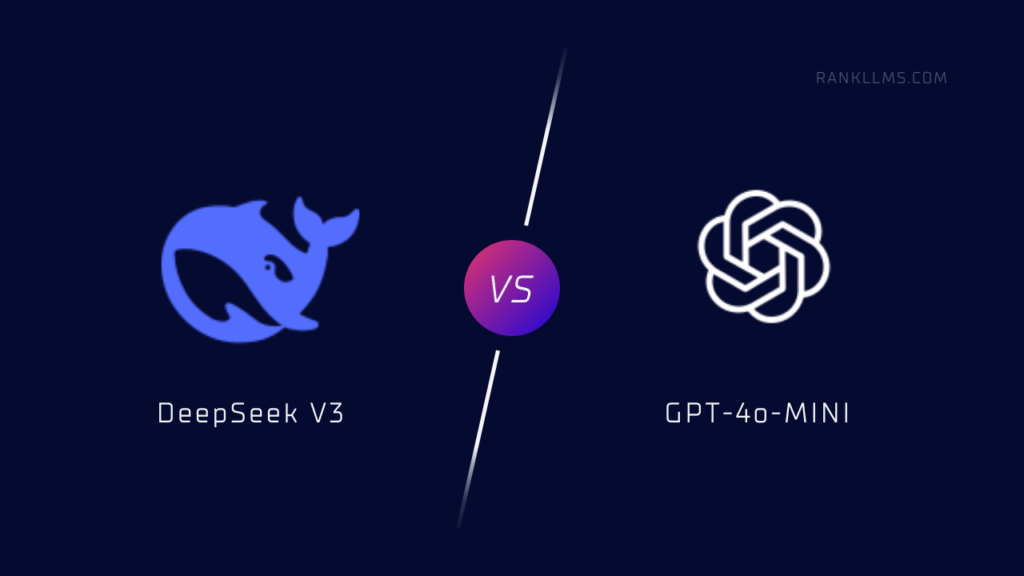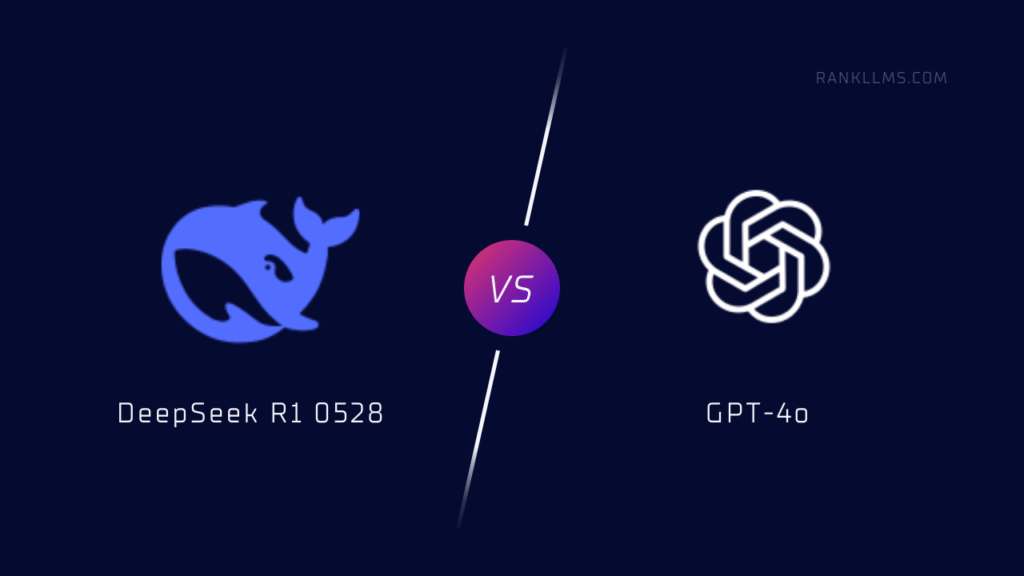Choosing between Qwen 2.5-72B vs Gemini 2.0 Flash has become a critical decision for developers navigating today’s competitive AI landscape. Alibaba’s powerful 72-billion parameter flagship model goes head-to-head with Google’s lightning-fast multimodal solution, each offering distinct advantages that could make or break your next project.
While Qwen 2.5-72B delivers unmatched reasoning power through its massive parameter count, Gemini 2.0 Flash revolutionizes real-time applications with blazing inference speeds and native multimodal capabilities. Understanding these differences isn’t just helpful—it’s essential for making the right choice for your specific use case.
Let’s break down everything you need to know about these two powerhouse models, from benchmark performance to real-world applications.
| Feature | Qwen 2.5-72B | Gemini 2.0 Flash |
|---|---|---|
| Developer | Alibaba Cloud (Qwen Team) | Google DeepMind |
| Parameters | 72 billion | Undisclosed (estimated 20-30B) |
| Architecture | Transformer-based decoder | Multimodal transformer |
| Context Length | 128K tokens | 1M+ tokens |
| Release Date | September 2024 | December 2024 |
| Multimodal | Text only | Text, image, audio, video |
| Key Strength | Mathematical reasoning | Speed + multimodal processing |
| Inference Speed | Moderate | Ultra-fast |
| Open Source | Yes (Apache 2.0) | No (API only) |
Alibaba Cloud released Qwen 2.5-72B in September 2024 as their most ambitious open-source language model yet. This isn’t just another incremental update—it represents a fundamental leap forward in mathematical reasoning, code generation, and instruction-following capabilities.
The model’s transformer-based architecture packs an impressive 72 billion parameters, placing it among the largest openly available language models today. Alibaba trained this powerhouse on an incredibly diverse dataset spanning multiple languages, with particularly strong performance in both Chinese and English processing.
Massive Processing Power: Those 72 billion parameters aren’t just for show—they enable complex reasoning tasks that smaller models simply can’t handle.
Extended Context Window: The 128K token context length means you can process entire documents without losing important details.
True Multilingual Excellence: Strong performance across 29+ languages makes this model genuinely global-ready.
Commercial Freedom: The Apache 2.0 license removes barriers for business applications and custom modifications.
Fine-tuning Flexibility: Built from the ground up to support domain-specific training and customization.
Google DeepMind launched Gemini 2.0 Flash in December 2024 with one clear mission: deliver multimodal AI that thinks as fast as you do. Unlike its predecessor Gemini 1.5, this Flash variant prioritizes real-time performance while maintaining impressive capabilities across text, images, audio, and video.
The genius of Gemini 2.0 Flash lies in its optimization for scenarios where every millisecond counts. Whether you’re building chatbots, live coding assistants, or interactive multimodal applications, this model delivers the responsiveness modern users expect.
Native Multimodal Processing: Handles text, images, audio, and video simultaneously without missing a beat.
Lightning-Fast Responses: Delivers speeds 2x faster than Gemini 1.5 Pro across most tasks.
Massive Context Handling: Over 1 million tokens means even the longest documents get processed completely.
Built-in Tool Integration: Native support for function calling and web search streamlines development.
Real-time Optimization: Specifically engineered for streaming and live interactions.
When it comes to crunching numbers and solving complex mathematical problems, Qwen 2.5-72B takes a commanding lead with a 91.4% GSM8K score. This model excels at multi-step problems and handles advanced mathematical concepts with remarkable precision.
Gemini 2.0 Flash achieves a respectable 84.3% on the same benchmark, but the trade-off becomes clear—it prioritizes speed over absolute mathematical accuracy. For quick calculations and rapid problem-solving, it performs admirably, though occasionally sacrifices precision for velocity.
Programming tasks reveal interesting strengths in both models. Qwen 2.5-72B scores 78.2% on HumanEval, demonstrating exceptional Python function generation and debugging capabilities. When you need complex algorithmic design or thorough code analysis, this model delivers.
Gemini 2.0 Flash achieves 72.1% on HumanEval while excelling in interactive coding scenarios. The model generates code faster than its competitor, making it ideal for real-time coding assistance and rapid prototyping sessions.
Academic knowledge assessment through MMLU reveals Qwen 2.5-72B’s superiority in specialized domains, scoring 86.8% overall. The model demonstrates excellent logical reasoning capabilities and deep understanding across academic subjects.
Gemini 2.0 Flash scores 82.3% on MMLU while optimizing for rapid information retrieval. When you need quick answers to general knowledge questions, this model excels at fast, accurate responses.
Choose Qwen 2.5-72B when you’re developing:
- Complex customer service systems requiring deep reasoning
- Technical support bots handling intricate problem-solving
- Multilingual platforms serving global audiences
The model’s strength lies in understanding context and providing thorough, accurate responses, though you’ll need robust hardware infrastructure.
Choose Gemini 2.0 Flash when you’re building:
- Real-time chat applications where speed matters most
- Interactive assistants with multimodal capabilities
- Customer-facing bots requiring instant responses
The trade-off here involves API dependency and usage costs, but the managed infrastructure removes deployment complexity.
Researchers working with Qwen 2.5-72B benefit from its exceptional literature analysis capabilities, strong statistical interpretation, and accurate citation handling. The model excels at processing research papers and generating detailed academic content.
Gemini 2.0 Flash shines in collaborative research environments, offering fast literature reviews, excellent multimodal research capabilities for analyzing charts and visualizations, and real-time research assistance during active work sessions.
Development teams using Qwen 2.5-72B gain access to thorough code review capabilities, system-level architecture planning, and deep debugging analysis. This model works best for complex, mission-critical development projects.
Gemini 2.0 Flash transforms the coding experience with live code completion, rapid prototyping capabilities, and interactive debugging assistance. It’s perfect for agile development environments where iteration speed matters.
Content creators leveraging Qwen 2.5-72B can produce detailed long-form writing, technical documentation, and high-quality multilingual content. The model excels at in-depth tutorials and comprehensive guides.
Gemini 2.0 Flash accelerates content creation with quick blog posts, social media content generation, multimodal content creation including image descriptions, and real-time editing suggestions.
The open-source community has embraced Qwen 2.5-72B enthusiastically, particularly praising its accessibility and performance. Developers on HuggingFace and GitHub consistently highlight several advantages:
Cost Effectiveness: The Apache 2.0 license eliminates licensing fees and enables commercial use without restrictions.
Customization Freedom: Easy fine-tuning for specific domains and languages opens up specialized applications.
Competitive Performance: Benchmarks consistently show performance matching or exceeding proprietary alternatives.
Full Transparency: Open architecture allows detailed analysis, optimization, and custom modifications.
Enterprise users and developers within Google’s ecosystem report overwhelmingly positive experiences:
Unmatched Speed: Significantly faster inference than previous Gemini versions transforms user experiences.
Seamless Integration: Native compatibility with Google Cloud services simplifies deployment and scaling.
Multimodal Excellence: Outstanding performance across text, image, audio, and video processing.
Enterprise Reliability: Consistent performance and guaranteed uptime through Google’s robust infrastructure.
The Advantages:
- Superior accuracy for complex reasoning tasks
- Complete open-source freedom and customization
- No ongoing API costs after initial setup
- Full control over data and model deployment
The Challenges:
- Slower inference speeds require patience
- Significant hardware requirements increase costs
- Self-hosting complexity demands technical expertise
The Advantages:
- Ultra-fast responses enhance user experiences
- Native multimodal capabilities reduce development complexity
- Managed infrastructure eliminates operational overhead
- Seamless integration with existing Google services
The Challenges:
- Ongoing API costs can accumulate quickly
- Limited customization options restrict flexibility
- Dependency on Google’s services creates vendor lock-in
Your choice between Qwen 2.5-72B and Gemini 2.0 Flash ultimately depends on your specific requirements, technical constraints, and long-term goals.
- Maximum accuracy for complex reasoning and analytical tasks
- Complete control over model deployment and customization
- Cost-effective scaling for high-volume applications
- Superior mathematical and coding capabilities
- Open-source flexibility for innovative commercial projects
- Ultra-fast inference for real-time, interactive applications
- Multimodal processing capabilities (text, image, audio, video)
- Managed infrastructure with guaranteed reliability and uptime
- Quick deployment without complex hardware setup
- Seamless integration with Google’s ecosystem and enterprise tools
For most developers building chatbots or interactive applications, Gemini 2.0 Flash offers the optimal balance of speed and capability. However, research projects, complex analysis applications, or scenarios requiring maximum accuracy will benefit more from Qwen 2.5-72B’s superior performance and flexibility.
Qwen 2.5-72B generally produces more accurate code and handles complex programming challenges better, achieving a 78.2% HumanEval score versus Gemini 2.0 Flash’s 72.1%. However, Gemini 2.0 Flash generates code significantly faster, making it superior for real-time coding assistance and rapid prototyping workflows.
Qwen 2.5-72B typically provides better long-term value for startups with technical resources, since it’s open source and free to use indefinitely. However, the initial hardware investment can be substantial. Gemini 2.0 Flash has ongoing API costs but eliminates infrastructure overhead, making it ideal for startups without machine learning infrastructure.
Actually, it’s the opposite—Qwen 2.5-72B only processes text, while Gemini 2.0 Flash natively handles text, images, audio, and video simultaneously. If your application requires any multimodal capabilities, Gemini 2.0 Flash is your only viable option between these two models.
Qwen 2.5-72B supports 128K tokens, which handles most documents effectively. However, Gemini 2.0 Flash’s 1 million+ token capacity provides a significant advantage for processing very long documents, entire books, or extensive codebases without truncation.
Qwen 2.5-72B offers stronger multilingual capabilities, particularly for Asian languages, with high-quality support across 29+ languages. Gemini 2.0 Flash also supports multiple languages well, but may not match Qwen’s exceptional depth in non-English languages, especially Chinese and other Asian languages.
Ready to explore more AI model comparisons and make informed decisions for your next project? Discover detailed benchmarks, performance analysis, and expert insights on RankLLMs.com to stay ahead in the rapidly evolving world of large language models.
